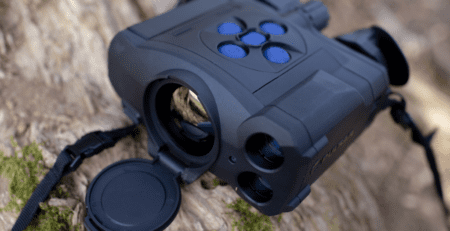Thermal Sensitivity – Understanding Millikelvins (mK)
Thermal Sensitivity – Understanding Millikelvins (mK)
Thermal sensitivity is the ability of a thermal device to distinguish between temperature differences. In thermal devices, this is measured in milliKelvins (mK) and is an extremely important number to look for and understand when judging the effectiveness of a camera.
The lower the number, the higher the sensitivity of the unit, as this means the core is able to differentiate between smaller temperature ranges and give a more detailed image. Many thermal imagers on the market today offer a mK measurement of >50mK, with higher quality models ranging down to >40mk and top of the range units getting as low as >35mk.
Units with higher thermal sensitivity have a huge advantage in adverse conditions such as fog, smoke and dust. With the ability to cut through these conditions more effectively than higher mK sensors, they are extremely helpful in scenarios such as Search & Rescue of people and animals in bush fires, navigation and man over board events in a marine setting, and hunting during less than perfect conditions.
If all else in the camera is equal, a unit with a >35mK sensitivity will produce a 30% clearer, sharper and less noisy image than a >50mK sensor. However, not all components are created equal and that is why it is important to understand how each part of the camera works with each other.
If you have read our article “F-Number In Thermal – What Does It Mean”, you will have seen that there is a direct relationship between the F-Number of the lens and Thermal Sensitivity (mK).
Overall sensitivity of a sensor is determined by a very simple formula which is listed below:
Overall Sensitivity = Detector Sensitivity (mK) x Lens F-Number
To put this into simple terms, below are specs taken from two of our most popular thermal monoculars:
Monocular 1 – 35mK x F/1.0 lens = 35mK
Monocular 2 – 50mK x F/1.2 lens = 60mK
As you can see from above, when we start to look at the whole picture, a 35mK sensor goes from being 30% more sensitive than a 50mK core to a huge 59% more sensitive due to the relationship between the F Number and MilliKelvins. This huge increase in sensitivity not only increases the clarity of the image you are seeing, but also increases Detection, Recognition & Identification (DRI) ranges due to the quality offered.















